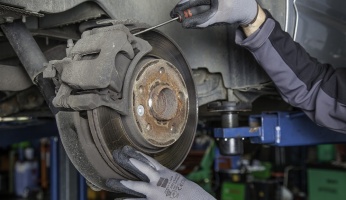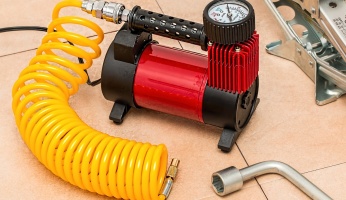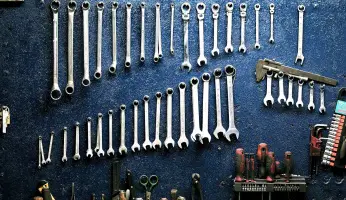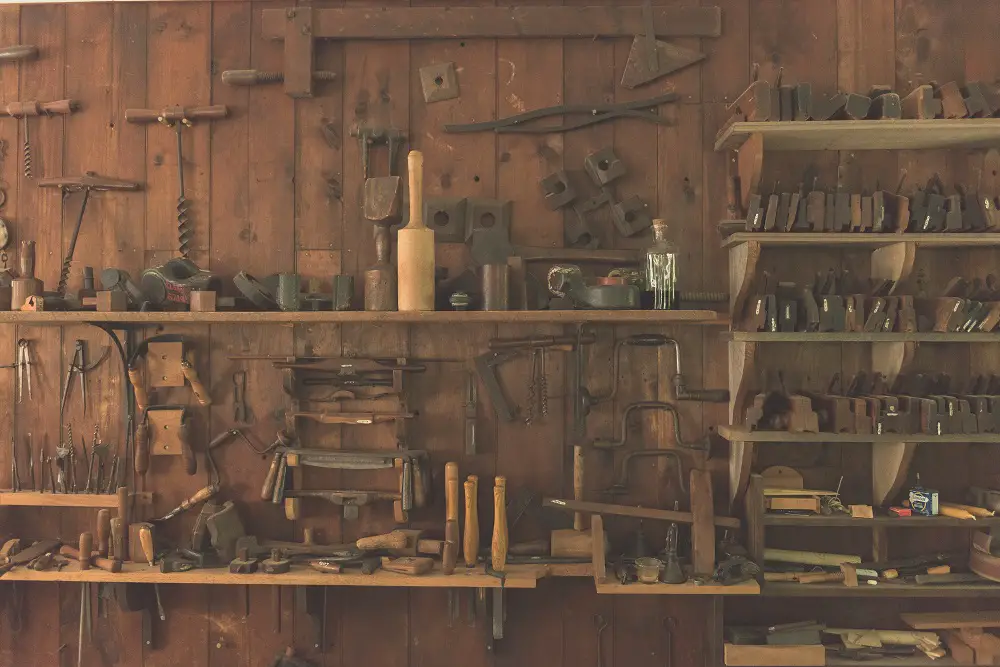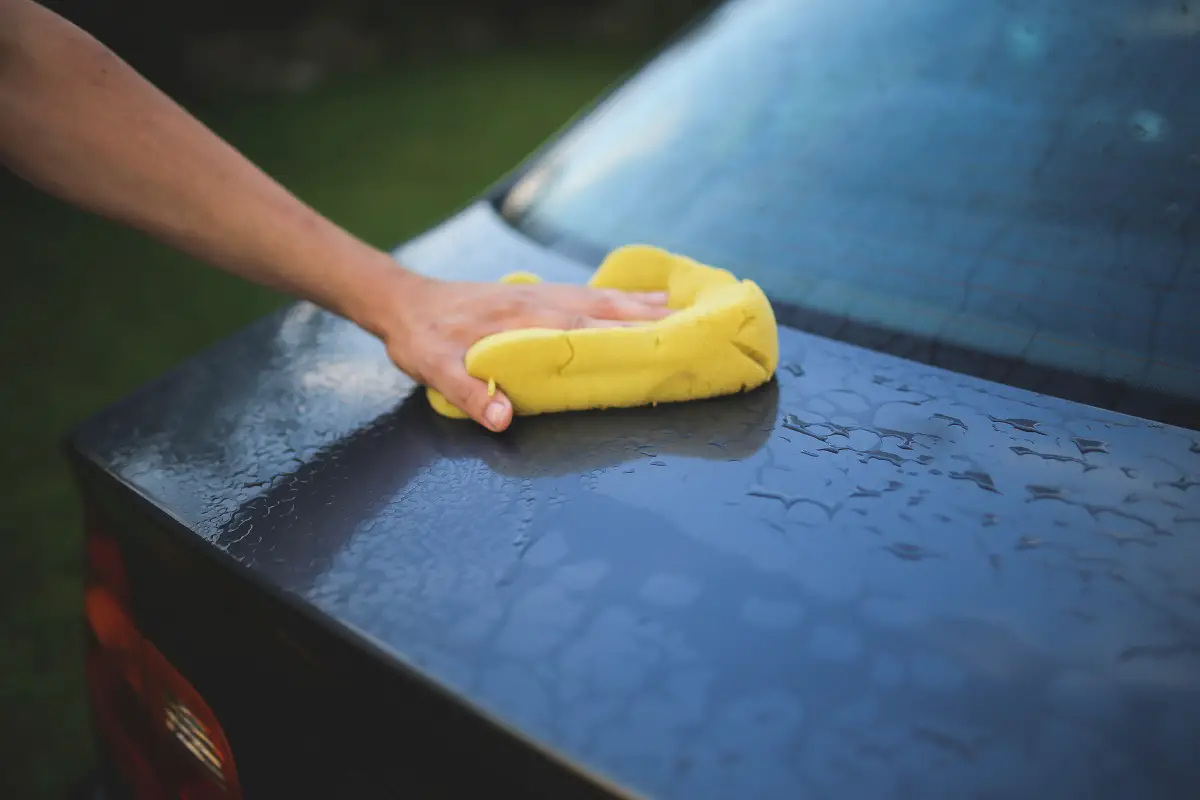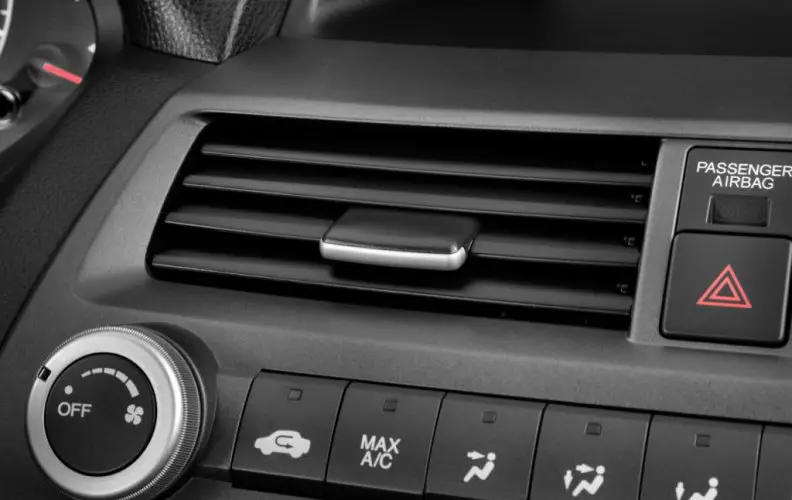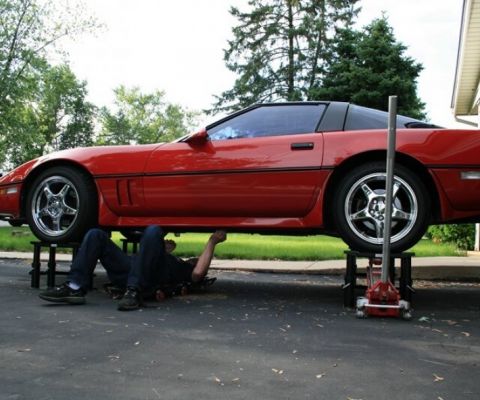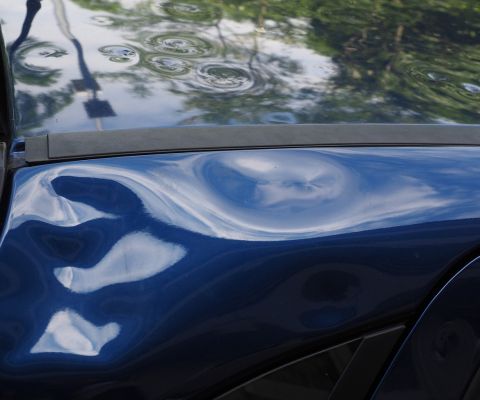How A Radiator Works: An In Depth Handbook
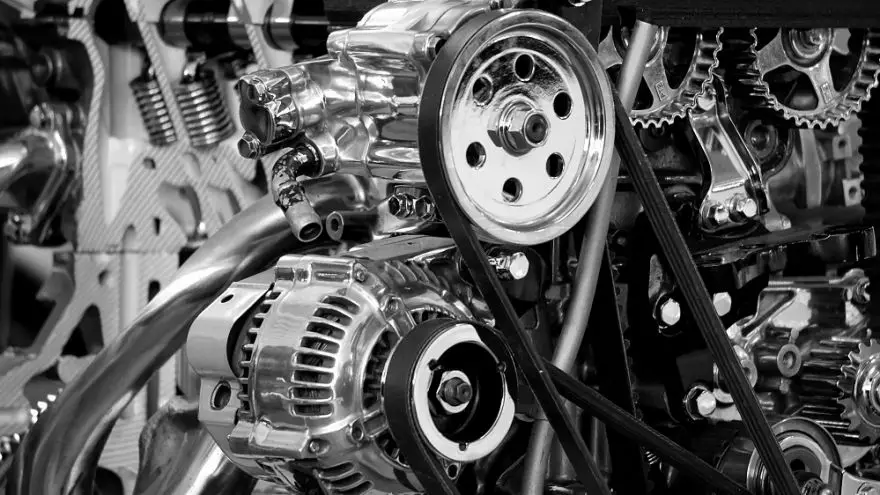 How A Radiator Works: An In Depth Handbook
drivrzone.com
How A Radiator Works: An In Depth Handbook
drivrzone.com
There’s an entire, wonderful world of mechanic wonder out there waiting for you! Every part of your car has a different role to play, and it’s important to understand at least a little about them. What makes your car tick is essential knowledge necessary for figuring out what makes it stop ticking. DIY repairs are becoming more and more viable as an option for a wide variety of people. Drivers have gotten fed up with the steep prices the shop mechanics quote, and have taken matters into their own hands. There’s no reason not to! Repairs can be fairly easy, and doing them yourself can save literally thousands. The first step in getting ready to do these at-home fixes, however, is understanding the parts that make up your automobile.
Today we’ll be focusing on the radiator!
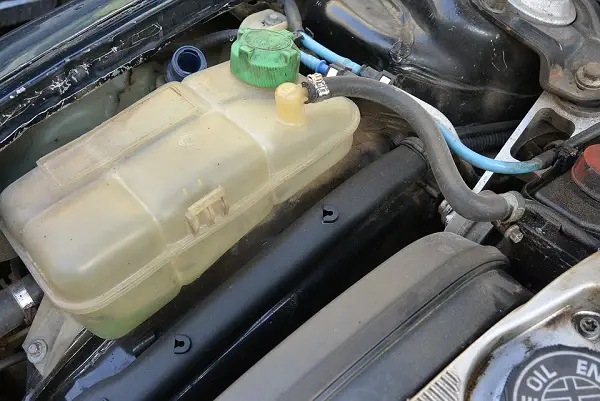
This dandy little doohickey is responsible for cooling your car’s engine. It’s generally fairly misunderstood because of the more commonly known house radiator. Most people don’t think “cool down” when they think of this machine! Household radiators are actually used as a heating system so you would think that logic should carry over to the same part in a car. This is absolutely wrong, however. As mentioned the radiator is actually used to cool your engine down. We’re going to take a closer look at this process, how it’s done, and some tips for potential problems in the article ahead. Get ready to get your radiator knowledge on, and hold tight to your thinking caps! This newfound handle on the inner processes of a radiator is going to blow you away!
What’s The Purpose Of A Radiator?
As we said above the radiator is there to keep your engine cool. It does this by helping engine coolant cycle through, cooling it down before it returns to the engine to “absorb” the heat from it. If you know anything about Chemistry you know that things don’t actually get “cold”. It’s just that the heat will even out between the two materials! So, coolant comes through at a naturally lower temperature, absorbs heat from the engine, and brings it down into the radiator. The process then repeats itself. Pretty cool, huh? A lesson on both automotive mechanics and Chemistry all in one! You can’t beat that.
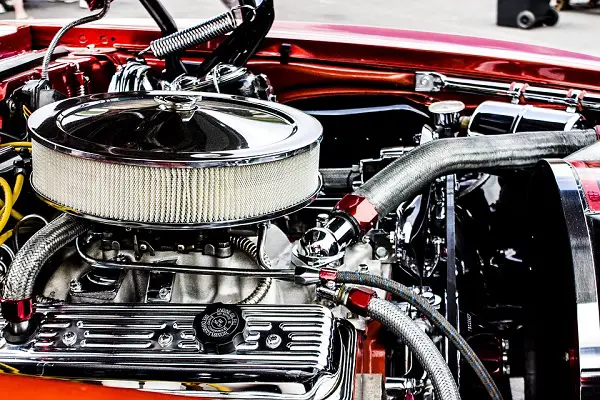
The “Coolest” Part Of Your Car
So, how does this process work? Well, glad you asked because we’re about to explain it to you! We’ll be sure to take things slowly and make sure everything is easy to understand. While technical topics like this can seem overwhelming they can actually be very easy to comprehend. Relax, give this guide a go, and you’ll be an expert in no time. Quite frankly, this is the most crucial part of your vehicle’s cooling system, so naturally, you need to have a good grasp on it. To reiterate: You absolutely need your radiator to work in order to keep your car in working condition. So, let’s get down to business and figure this mechanism out!
Simply speaking the radiator provides continuous and steady cooling to the smoking hot engine. Or, more precisely, the not smoking hot engine. It’s not smoking because your radiator is working. That’s great! Let’s break down how this process works from point A to point B, and see what parts make up the radiator.
Thermostat: The thermostat in the front of your car will detect when the engine is getting too hot for your car’s comfort.
Fan: This is a fan, obviously, that is used to help aid in the cooling process. It sits near the radiator in order to help keep the coolant, well, cool.
Hoses: These connect the entire system together. A system of hoses carries the coolant from the radiator into the engine, and then back out again to cycle through the radiator once more.
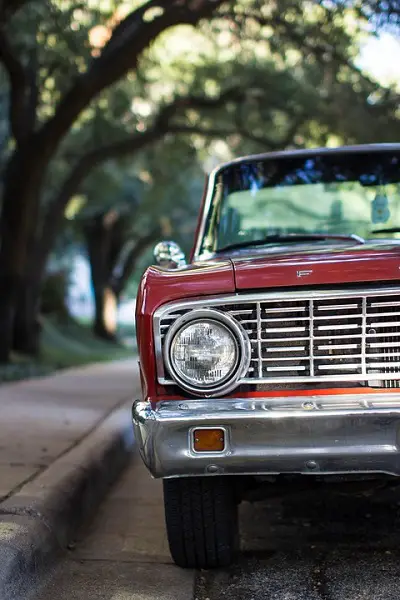
Top Tank: Hot water that comes in from the engine block enters the top tank. It is from here that it flows downwards.
Heat Radiating Tubes: Once the hot water exits the engine and enters the top tank it flows through this part for the cooling effect.
Bottom Tank: The bottom tank stores the cooled water until it is needed in the engine.
Radiator Core: Heat radiating tubes are contained in the core, which lays in between the top and bottom tank. The radiator is, simply put, two tanks connected by this central system.
These parts come together to create the entire picture, so to speak. Now that you have a better understanding of the parts, let’s put them all together and explain a little more about the actual process! The thermometer is the gatekeeper for coolant release.
The engine will alert the thermometer when it’s running at a high enough temperature. This thermostat will then send a message to the radiator to do the job it is designed for. As said, it will also stop the flow of coolant from entering your engine when the engine is at an acceptable temperature. Think of the thermostat as a tool that regulates the cooling process of your vehicle.
Once the radiator knows that it needs to kick in it will send coolant from the bottom tank into the engine. The water pump is the part of the cooling system that will do this job. This coolant will then travel through a system of hoses into the engine where it absorbs the heat.
After this, it is cycled back through the thermostat which releases it back into the top tank of the radiator. This top tank then holds the coolant mixture before sending it down through the part of this system that is responsible for recycling coolant. This process will lead back to the bottom tank.
The system responsible for the cooling is made up of called the heat radiating tubes we talked about earlier. It is a combination of these tubes and a large surface area that brings the water back from a superheated state.
And so the cycle continues! It’s a fairly simple process when you’re looking at an overview. Most people won’t need to know more than the information given above. Of course, everything is more complicated once you get too deeply involved in it. For now, we’re going to let this one rest so we don’t overwhelm you with over complicated, technical details. The next part of this article is a few common problems that can arise and how they happen. If you think you’re having a problem with your radiator then you should absolutely check it out as soon as possible. Neglecting a broken radiator, regardless of which part of the system has failed, will always spell disaster.
One of the biggest signs is a smoking hood. This should alert any sensible person to pull over since smoke can be a sign of some very troubling setbacks. So, if you sense a problem, pull over. It’s always better to be safe than sorry when it comes to anything automotive.
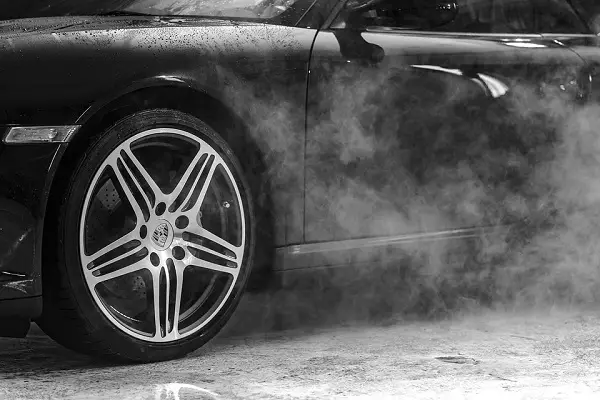
When Should I Worry?
Ah, yes. Potential problems with any part are a big concern, but knowing what you’re watching out for is a powerful tool, indeed. You’re better able to see an issue as it appears and solves it before it grows out of control. This is no different from your radiator. It’s an essential part that keeps your car running smoothly. Naturally, when it malfunctions a whole host of complications can appear! We’re only going to go over the more common snags since there are more in-depth guides available. The common ones are the best ones to know about, anyways! Note that we don’t mean you shouldn’t look further into it. It’s just not quite necessary at this stage of the learning process.
Bothersome Build-Up: A collection of objects and debris can be the root cause of an overheating engine. Sometimes you’ll even find small pebbles in there! If your radiator is clogged then it can’t do its job correctly. In order to rule this out, you should take a quick peek under the bonnet of your car. Check to see whether or not it’s clearly clogged, and then move on to checking for an internal clog if that doesn’t work. Always, always, always ensure that your car is completely cool at this point! Opening up the radiator cap when it’s still hot can cause some serious injuries. Once it’s cooled off look for any sign of contamination, such as dirt or discolored fluid.

Here’s Your Sign: If your car is running low on coolant it will alert you. There is a specific symbol that will pop up on your dashboard near the check engine light. You can find this symbol in the little owner’s manual your car comes with. Always keep that glorious guidebook close by! You’ll need it more often than you won’t. When the coolant is low it poses a serious problem to your engine. It’s ideal to always keep extra coolant on you just in case you need it. However, in a pinch, water is an acceptable fluid to top it off with.
The Craziest Cause: … Is the cap! Yes, that’s right. The radiator cap. You can cause a car to overheat by screwing the cap on incorrectly (think unevenly, or maybe not tight enough). This seems like such a silly event to occur, but it really is true. Always make sure that the cap of your radiator is screwed up nice and tight in order to avoid a false positive for trouble.

You’re driving along a back country road, top down, wind in your hair. Okay, maybe you don’t have the luxury of a convertible. In that case, the windows are down. Either way, you can see what we’re getting at. It’s a gorgeous day and you’re on the lookout for adventure. Fun is the name of the game!
But your car is suddenly smoking, and you’re pulling off to the side of the road with your heart in your throat. You have no idea what the problem is, but if there’s smoke it’s probably expensive. You move around to the front of your car, pop the hood, and take a look.
But here’s the thing: you aren’t actually unaware of the problem. You know that a smoking hood is a big sign of a failing radiator. You’re equipped with the knowledge you need to know whether you can fix it yourself or you need to call in the big guns. Congratulations! This guide has given you the ball back in your court. You’re now well versed in the topic of your engine’s radiator and the role it plays in a car’s cooling system. There’s nothing stopping you from topping it off with coolant or water and getting back to enjoying your day. Even if low coolant isn’t the problem you still know enough to spot a blockage or to check the cap’s integrity.
Either way, you’re well on your way to ultimate automotive prowess! Why stop here? Keep looking through our blogs and you’ll be an expert in no time at all!
Sources
- Gulf News – 5 Things to Know About Your Car Radiator & How to Keep it Cool
- Meineke – 3 Parts That Commonly Fail
- Wikipedia – Radiator
- YouTube – Radiators – Explained

